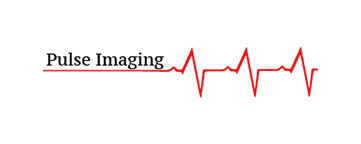X-Ray Shoulder-Left
Shoulder Joint X-ray, Glenohumeral joint X-ray, GH X-ray
- 1-The humerus (bone running along the upper arm)
- 2- The scapula (the shoulder blade)
- 3- The clavicle (collarbone)
- Intense pain in the shoulder that is unresponsive to treatment
- A visible structural deformity of the shoulder
- A history of physical trauma at the shoulder
- Bony tenderness at the glenohumeral joint/region
- Instability
- Suspected dislocation
- AC joint injury
- Scapula trauma
- Suspected arthritis
- Non-traumatic shoulder pain
- A possibility of metastases (especially in patients with a history of breast or lung cancer)
- Persisting pain in shoulder joint and impairment in mobility
- Stiffness and discomfort in the shoulder (particularly in an elderly patient)
- Restriction of rotation
- X-ray is also a commonly used imaging method for diagnosing and ruling out an intrinsic cause for motion loss, such as shoulder arthritis and capsulitis. Thus, a shoulder x-ray may be recommended if you are elderly, already have arthritis or other bone degenerative diseases.
- Depending on the type of view or image requested by your doctor, the technician will guide you into the correct position. In anterior-posterior view (AP), the x-ray technician will position you in a standing position facing the x-ray machine with your back against the image detector. You will be seated with your affected shoulder touching the detector and your hand on your abdomen in the lateral view.
- You may have to switch your positions if your doctor has requested X-Ray views to be taken from a different position.
- Body parts that are not being x-rayed may be covered with a lead apron (shield) to avoid radiation exposure.
- It is vital to remain motionless during the procedure. Movement may cause a blurry image, and you may have to get the x-ray done again.
- The technician may ask you to inhale and hold your breath during the procedure for a better x-ray image.
Clavicle X-ray, Humerus AP Lateral X-ray Scapula X-ray, Shoulder 2V X-ray
Frequently ordered together
X-Ray Shoulder 2 Views
X-Ray Shoulder
X-Ray Shoulder 2 Views-Left
X-Ray Shoulder 2 Views-Right
X-Ray Shoulder 3 Views-Right
X-Ray Shoulder 3 Views-Left
150.00$
150.00$
110.00$
65.00$
105.00$
105.00$















